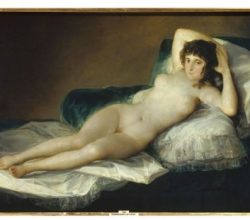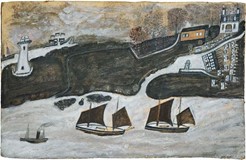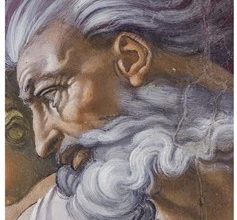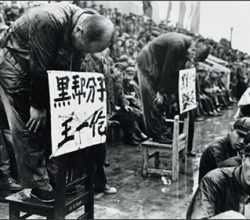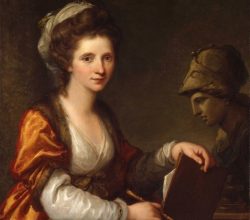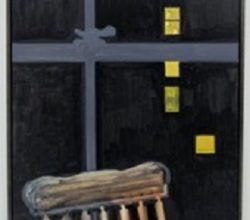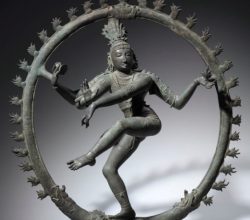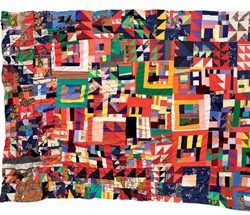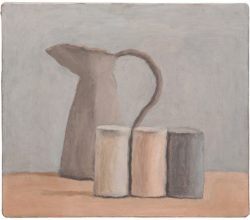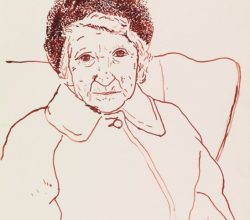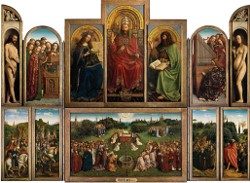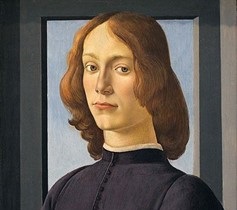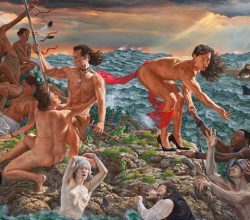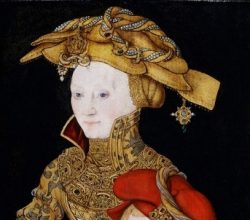
Lucas Cranach’s Gothic Carnality
Michael Glover | Hyperallergic | 11th April 2020
Centuries after his life in stern Northern Europe, Cranach remains influential. Central to this are his luminous female nudes. To promote Protestant morals, he made his women dangerous – slim, pale, erotic. They are timeless images of temptation and its consequences. Add his shimmering depiction of furs and jewelery and you have a “precursor to Klimt’s Viennese fantasies.” A virtual tour (17 min) is here.

